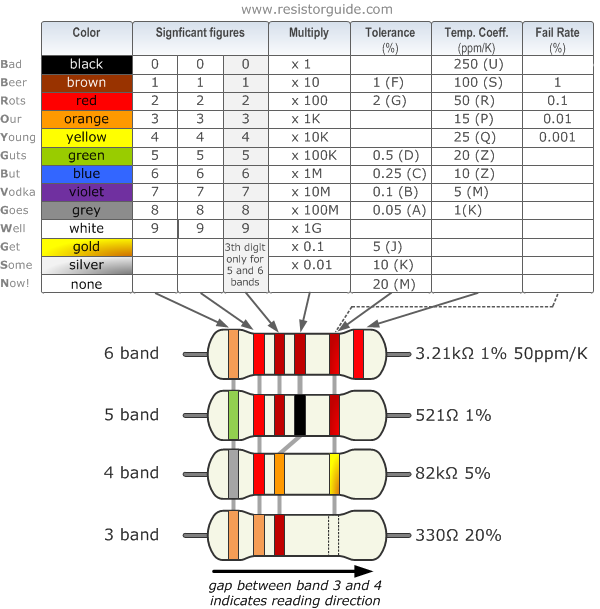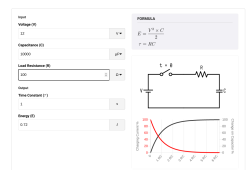Hello I am using a 300 watt inverter, I am sure it would be considered small to most of the people here that are running >5000 watt systems. However even with such a low rating, I am getting sparks when I connect it to the battery.
I did some searching and it looks like Will says you should have one for "large" inverters.
How large is large and what specs do I need on the resistor?
I did some searching and it looks like Will says you should have one for "large" inverters.
How large is large and what specs do I need on the resistor?





